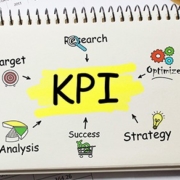A divorce necessitates an estate plan review
If you’re divorcing, it’s important to review your estate plan as early as possible, for two reasons: First, you may wish to revise your plan immediately to prevent your spouse from inheriting or gaining control over your assets if you die or become incapacitated before the divorce is final. Second, although a divorce judgment or settlement automatically extinguishes certain of your former spouse’s rights, some documents must be modified to ensure that he or she doesn’t receive unintended benefits.
Consider revising your will and any revocable trusts to exclude your spouse. Note that, in many states, your spouse will retain elective share or community property rights to a portion of your estate until the marriage ends.
But revising your will or trust will limit your spouse to the legal minimum if you die before the divorce is final. If you have irrevocable trusts, determine whether they provide for your spouse’s interest to terminate automatically upon divorce.
Other actions to consider include:
- Changing beneficiary designations in IRAs, life insurance policies, annuities or retirement plans (note that federal law prevents you from removing your spouse as beneficiary of a retirement plan, without his or her consent, until the divorce is final),
- Revising payable on death (POD) or transfer on death (TOD) designations in bank or brokerage accounts,
- Revoking powers of attorney or health care directives naming your spouse as agent, and
- Establishing trusts for your minor children. (If they inherit assets from you outright, a court will likely appoint your former spouse as conservator.)
Finally, bear in mind that, under the Tax Cuts and Jobs Act, any alimony paid is no longer deductible by the payer or taxable to the payee.
In light of this major life event, don’t hesitate to turn to us. We can review your estate plan and recommend any revisions necessary because of the divorce.
© 2019











